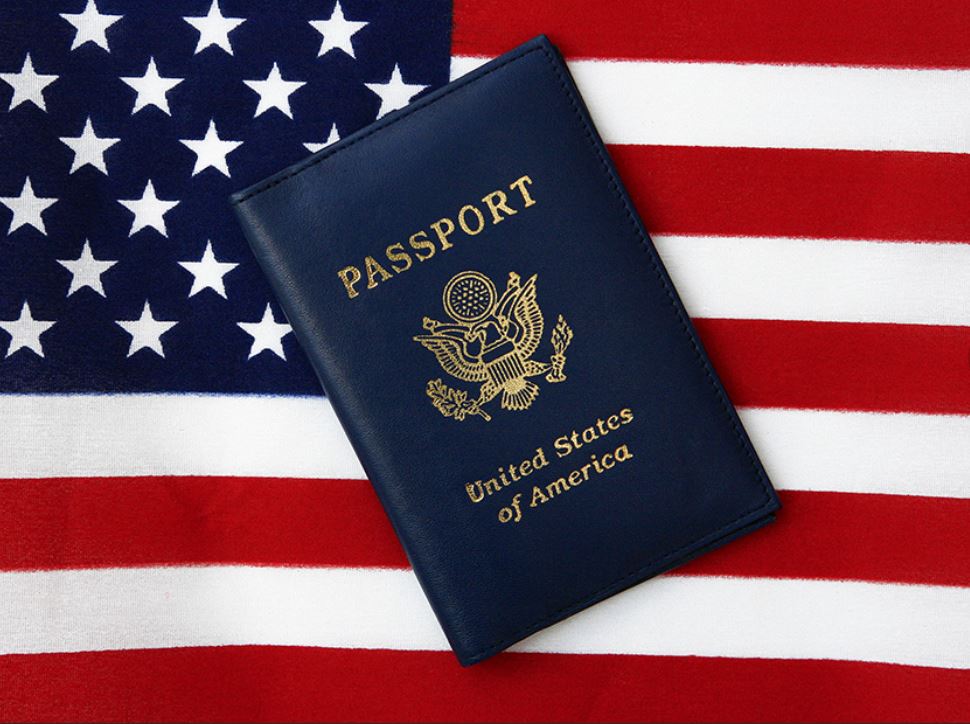Introduction:
In the realm of international relationships, love often knows no borders. Yet, when it comes to uniting couples from different countries in matrimony, navigating the legal intricacies can be daunting. One of the primary avenues for bringing foreign fiancés or fiancées to the United States is through the K-1 Fiancé Visa. This visa, however, requires careful planning, adherence to specific procedures, and patience. In this comprehensive guide, we will delve into the intricacies of the K-1 Fiancé Visa process, providing valuable insights and practical steps to help couples successfully obtain this visa and begin their journey toward marriage in the United States.
Understanding the K-1 Fiancé Visa:
The K-1 Fiancé Visa, also known as the Fiancé(e) Visa, is a nonimmigrant visa that allows a foreign national fiancé(e) of a U.S. citizen to enter the United States for the purpose of getting married. This visa is a vital step for couples who intend to marry in the U.S. and then apply for permanent residency (Green Card) for the foreign national spouse.
Eligibility Criteria:
Before embarking on the K-1 Fiancé Visa journey, it’s essential to ensure that both parties meet the eligibility requirements set forth by U.S. Citizenship and Immigration Services (USCIS). Key eligibility criteria include:
1. Both parties must be legally free to marry.
2. The petitioner (U.S. citizen) and the beneficiary (foreign fiancé(e)) must have a genuine intention to marry within 90 days of the beneficiary’s entry into the United States.
3. Both parties must have met each other in person at least once within the two years preceding the filing of the petition, unless meeting in person would violate cultural or religious customs, or would result in extreme hardship for the petitioner.
Initiating the Process:
The process of obtaining a K-1 Fiancé Visa begins with the U.S. citizen petitioner filing Form I-129F, Petition for Alien Fiancé(e), with USCIS. This form serves as the formal request for the issuance of the visa and requires detailed information about both the petitioner and the beneficiary, as well as evidence of the bona fide nature of the relationship.
Gathering Required Documentation:
Documentation plays a crucial role in the K-1 Fiancé Visa process, as it serves to substantiate the claims made in the petition and demonstrate the authenticity of the relationship. Some of the key documents that may be required include:
1. Proof of U.S. citizenship for the petitioner (e.g., passport, birth certificate, naturalization certificate).
2. Evidence of the couple’s intent to marry within 90 days of the beneficiary’s entry into the United States (e.g., statements of intent, wedding venue reservation).
3. Proof of meeting in person within the required timeframe (e.g., photographs, travel itineraries, affidavits from witnesses).
4. Any divorce or death certificates if either party was previously married.
Completing the Interview Process:
Once USCIS approves the Form I-129F petition, it is forwarded to the U.S. Department of State’s National Visa Center (NVC) for further processing. The beneficiary will then be required to attend an interview at the U.S. embassy or consulate in their home country. During the interview, the consular officer will assess the bona fide nature of the relationship and the eligibility of the beneficiary for the K-1 Visa.
Medical Examination and Vaccination:
Before the issuance of the K-1 Visa, the beneficiary must undergo a medical examination by an authorized physician. This examination includes a review of the beneficiary’s medical history, a physical examination, and any required vaccinations. The results of the medical examination are submitted to the embassy or consulate as part of the visa application process.
Awaiting Visa Issuance and Entry into the United States:
Upon successful completion of the interview and medical examination, the beneficiary will be issued the K-1 Fiancé Visa, allowing them to travel to the United States. It’s important to note that the visa typically has a validity period of six months, during which the beneficiary must enter the United States. Once in the U.S., the couple must marry within 90 days of the beneficiary’s entry to comply with the visa requirements.
Adjustment of Status:
After marriage, the foreign national spouse can apply for lawful permanent residence (Green Card) by filing Form I-485, Application to Register Permanent Residence or Adjust Status, with USCIS. This process is commonly referred to as adjustment of status and involves additional documentation, biometric screening, and an interview with USCIS.
Conclusion:
Obtaining a K-1 Fiancé Visa is a significant milestone for couples embarking on the journey of marriage across international borders. While the process may seem complex and daunting, thorough preparation, adherence to procedures, and patience can lead to a successful outcome. By understanding the eligibility criteria, completing required documentation, and navigating the interview process with confidence, couples can pave the way for their union in the United States and build a future together as lawful permanent residents.


